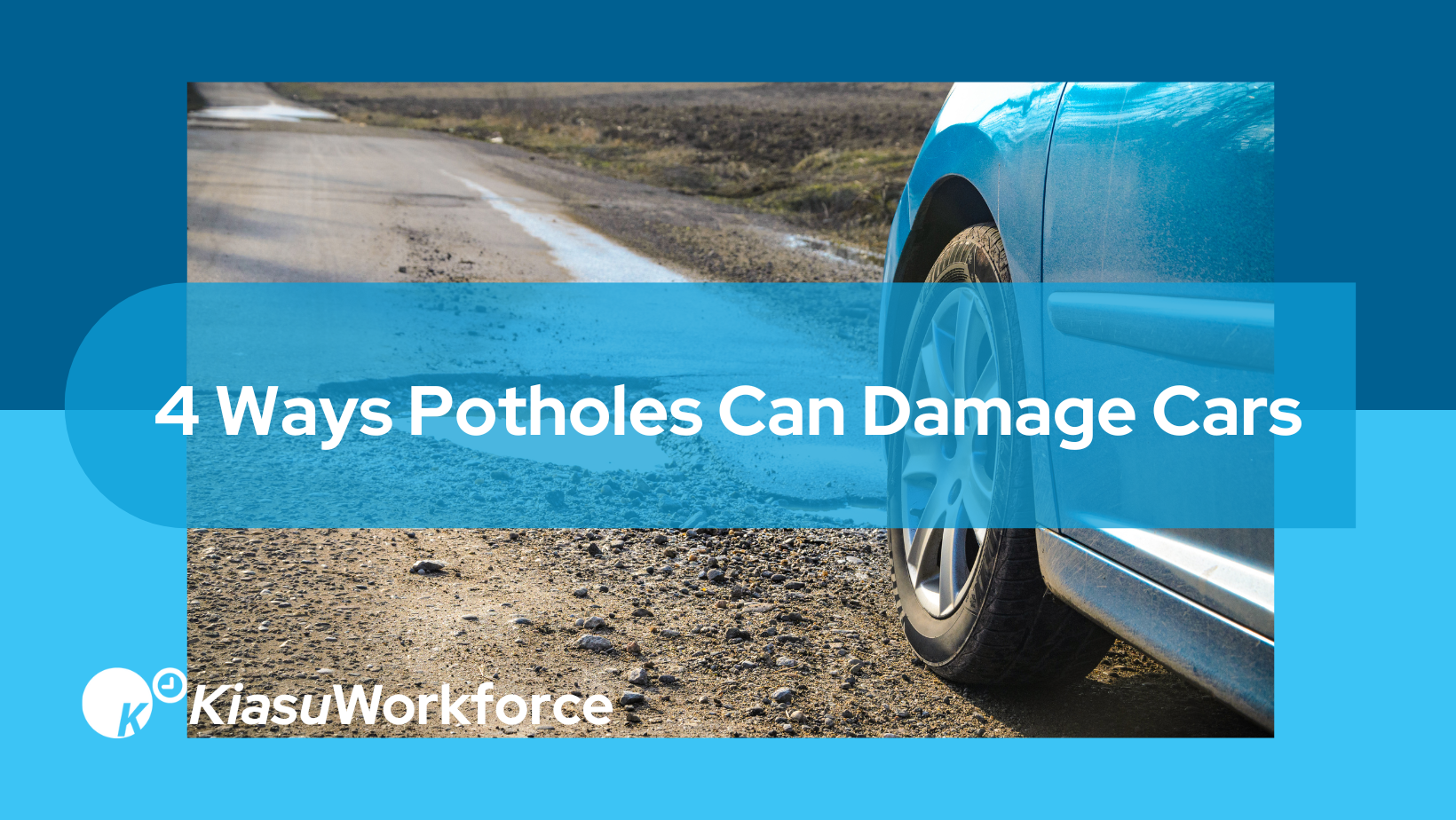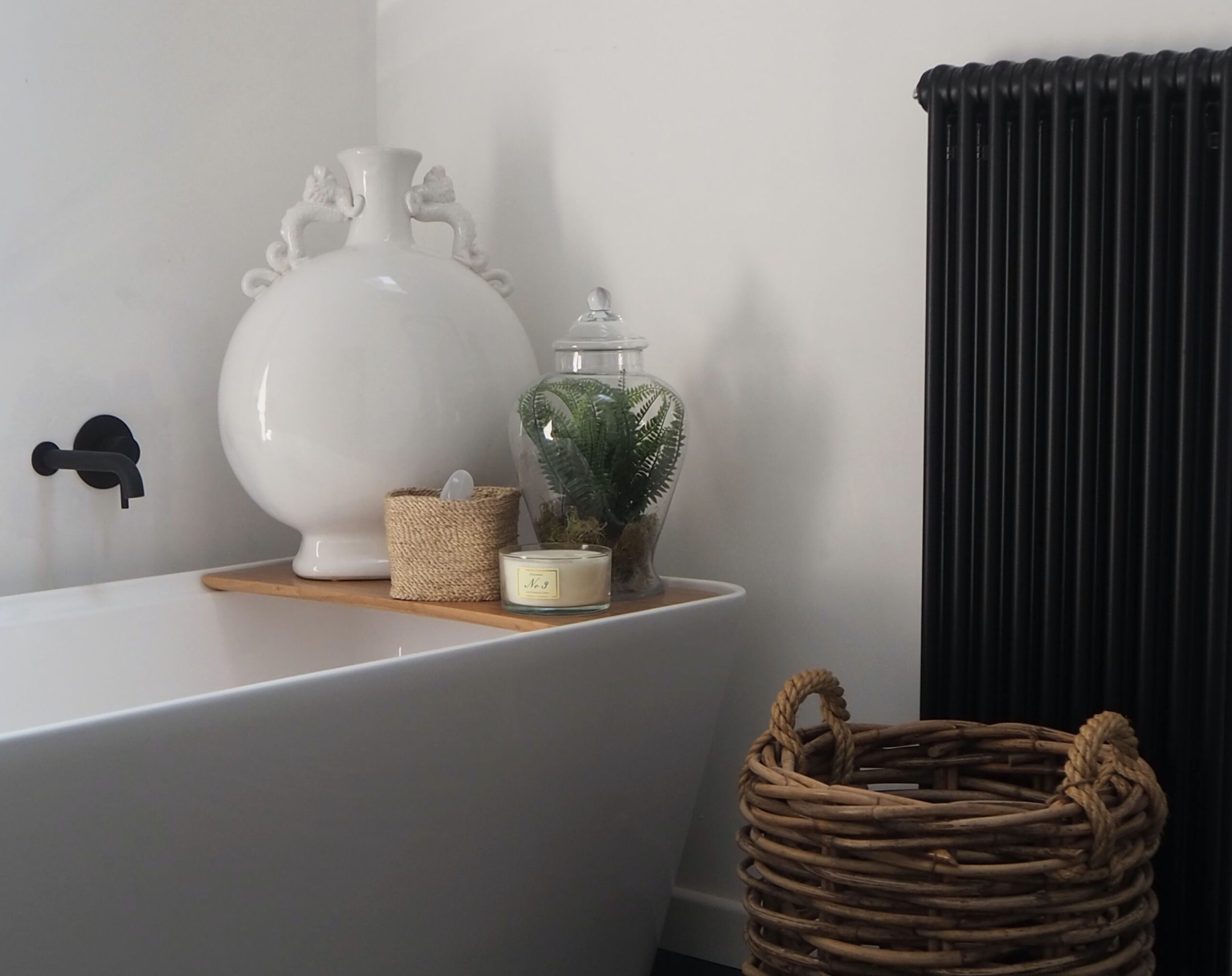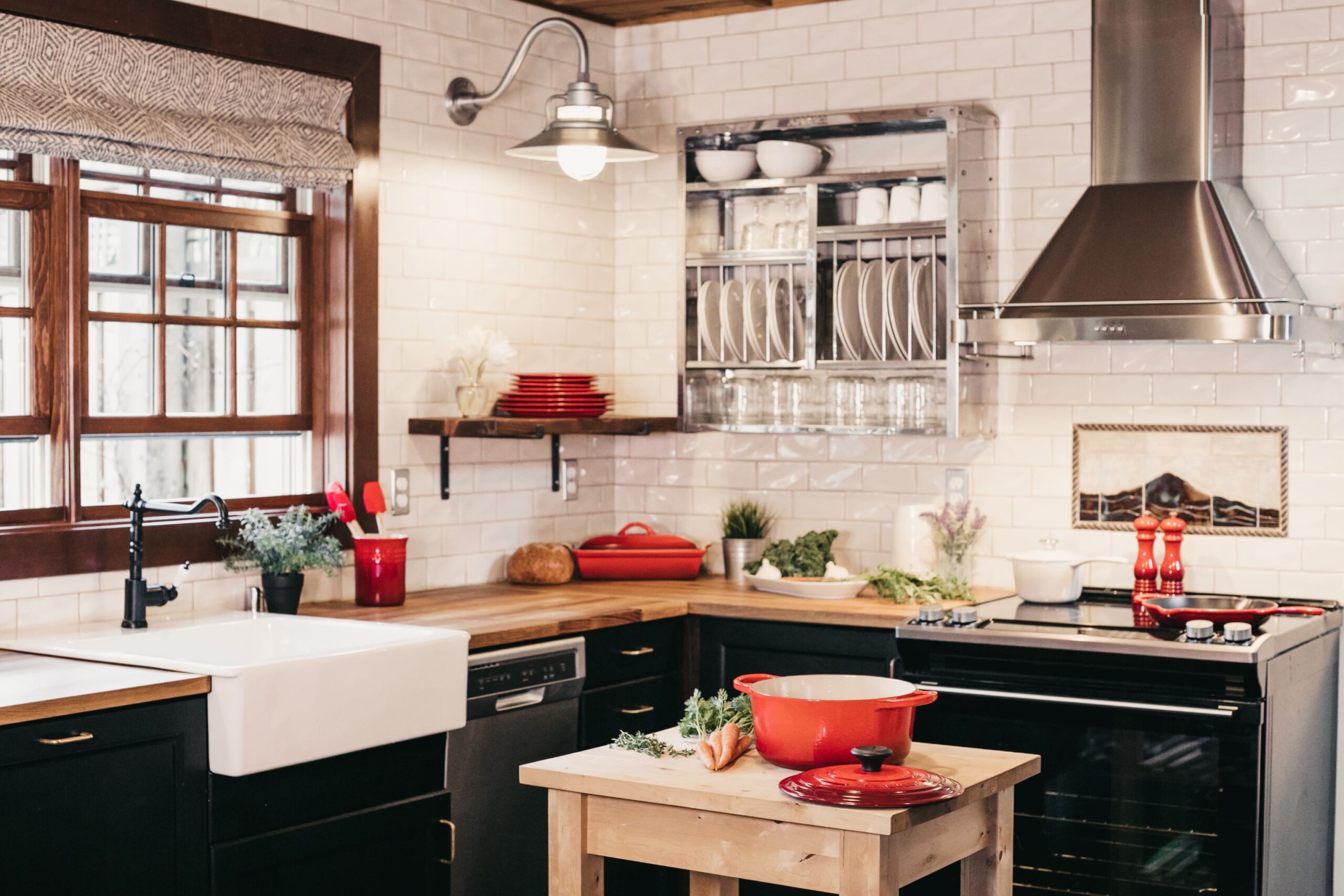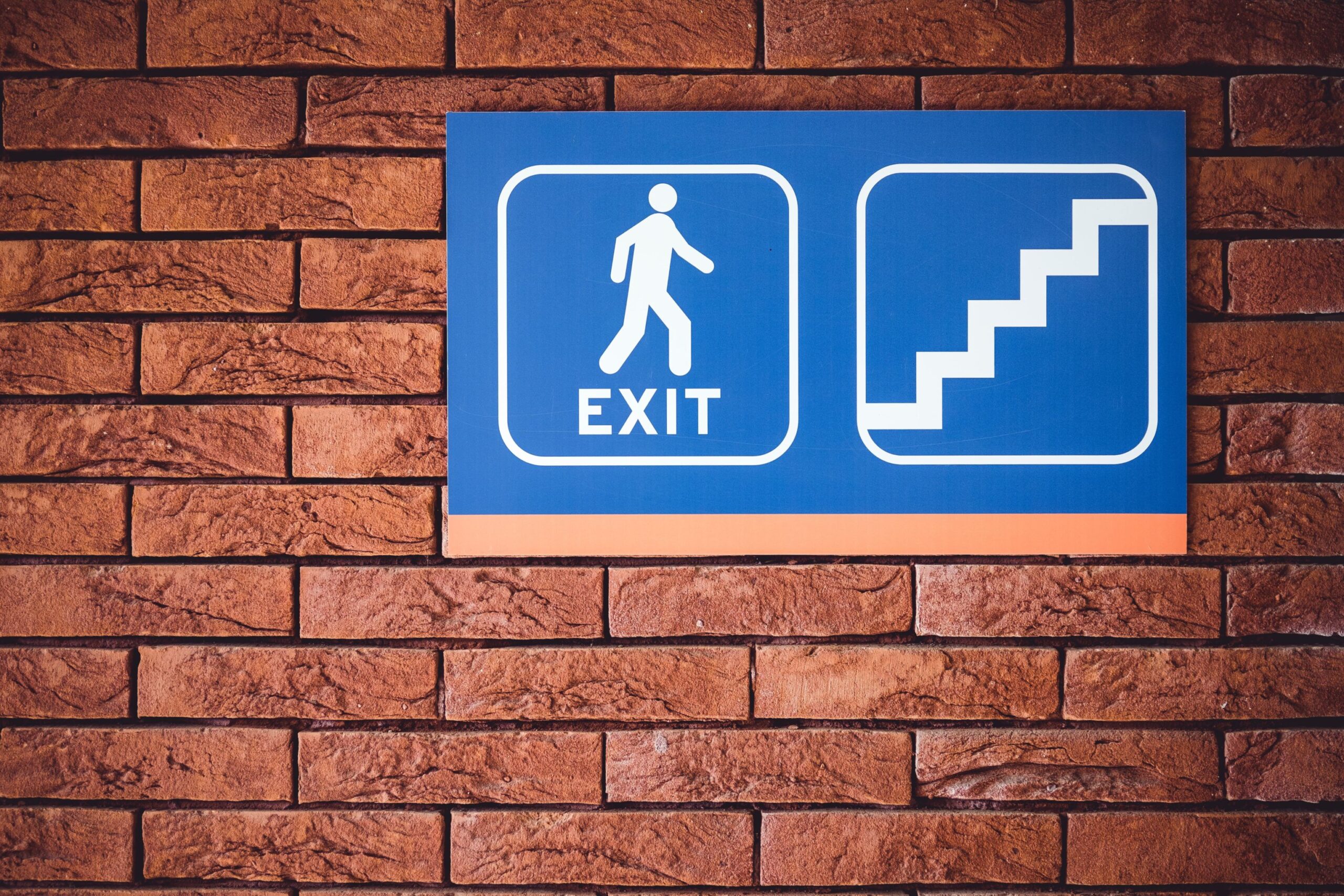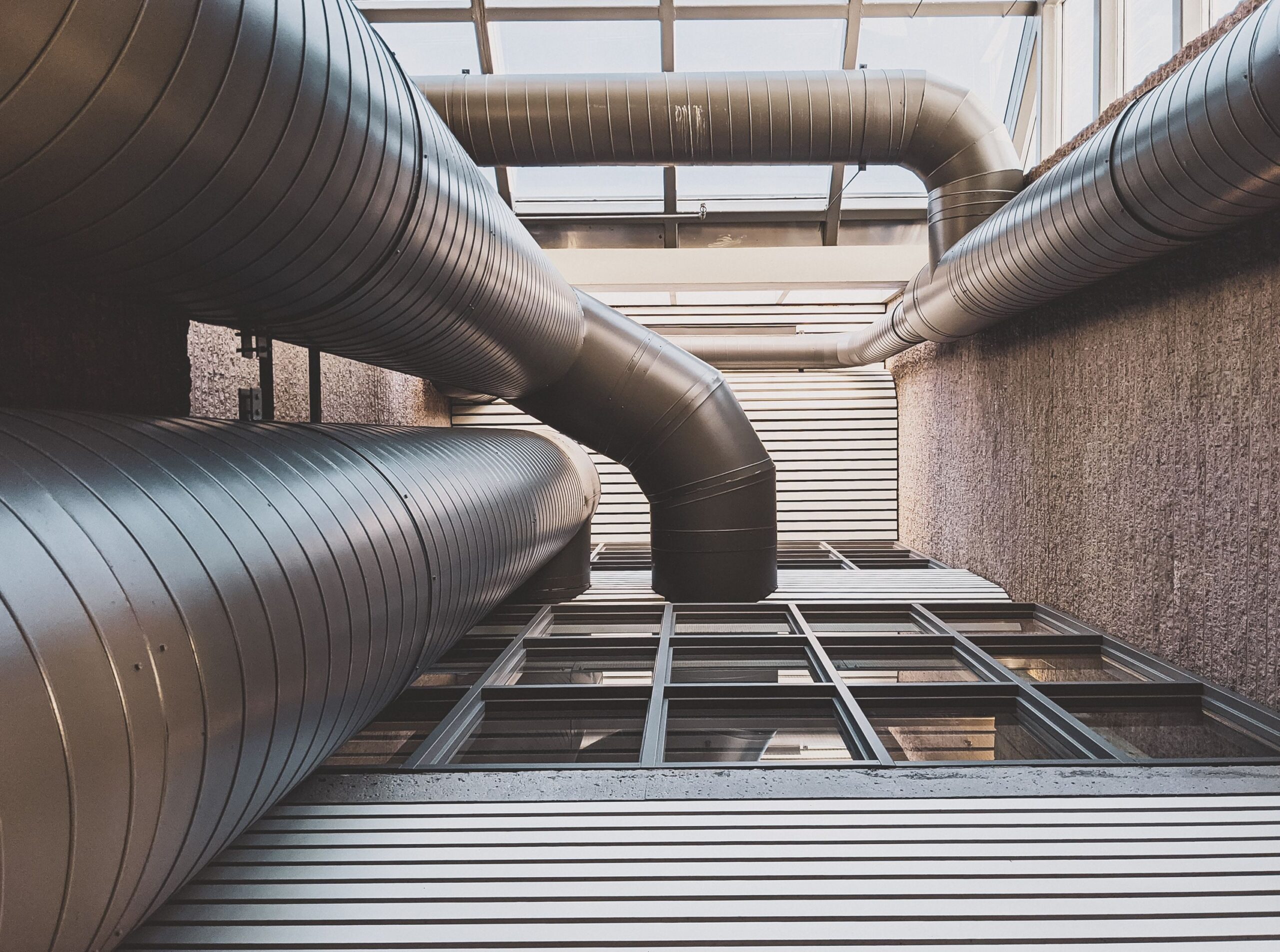Whether you’re someone constantly pushing the speed limit or prefer to drive more cautiously, we all have a common enemy. Potholes!
We can all agree that potholes are the true menaces of the road. But despite the uncomfortable ride and sudden lurches on the road, do you understand the full extent of how they can damage your car?
We have broken down the four ways potholes can damage cars, making you a lot more cautious of swerving them where possible. However, we hope we can do a little more than that and convince you to fix potholes on your property if you have them!
How Are Potholes Formed?
Before we detail how potholes can damage cars, lefts break down how these nuisances are formed.
Potholes appear when water gets between small holes and cracks in the road surface. In the winter, ice will form and expand in the cracks, making them broader and deeper. Once the ice has thawed, it will refreeze and keep doing this until drier weather. As more vehicles drive across it, the area becomes displaced, increasing the damage to the road over time.
There are estimated to be 1.7 million potholes in the UK, with local councils repairing one every 19 seconds. They are continuously patched up, and it is only a matter of time before more will form in other parts of the road surface. It seems in British weather, we are fighting a losing battle against potholes.
Last year, the AA reported 1,766 pothole-related accidents, so it is essential to know their dangers to drivers and vehicles.
4 Ways Potholes Damage Vehicles
Potholes are almost impossible to avoid and are highly dangerous for vehicles. Damage can range in severity, but it can still cost you money to fix, even if the damage is minor. If you suspect any damage to your car, it is always worth getting it checked out sooner rather than later to keep you safe on the road and save you money.
Slowing down when approaching a pothole will help reduce the impact on your tyres and suspension, especially if the hole is more pronounced. However, if it is safe to do so, it is always better to try and avoid them altogether. Suppose you know a section of road is notorious for potholes. In that case, it is worth choosing an alternative route, even if that adds on a few extra minutes of journey time. This will hopefully save you from experiencing one of these four common problems:
1. Tyre Damage
Most pothole damage occurs in tyres because they directly interact with the surface. The harsh edges of potholes can penetrate the rubber and slash the tyre, so it loses air quickly, making it extremely dangerous to drive.
Hitting a pothole at high speed can cause a bulge in the wall of the tyre. The impact causes the liner to separate from the sidewall, allowing air to get in and causing a visible swelling in the tyre. It is something you must look out for as it does not affect your driving but could lead to a severe blowout that can occur at any time.
2. Wheel Damage
Wheel plates can also be affected by potholes. Depending on the severity of the impact, wheels can become distorted, so they no longer form an airtight seal with the tyre. It will ultimately lead to a flat tyre in need of replacement. The shock from hitting the pothole can also affect your wheel alignment and steering as it travels up through your car.
3. Suspension Damage
Harsh jolts can damage your vehicle’s suspension, especially in smaller cars. Hitting a pothole can bend, snap, break, sever or deform any part of the suspension componentry in your vehicle. This includes the rubber bushes that cushion the metal-on-metal impact between the arms, levers, springs and joints in your vehicle’s front end.
4. Undercarriage Damage
As well as cosmetic damage, essential parts of your vehicle’s undercarriage can become damaged by hitting the ground hard. Depending on the pothole’s depth, particularly in sporty cars, as your wheel drives into the hole, the bottom of your vehicle can hit the road surface.
This can lead to a hole in your exhaust, which is particularly dangerous. The fumes from your vehicle will not be able to pass properly through the catalytic converter, releasing harmful gasses and damaging your health and the environment. It will also make your car extremely noisy and less powerful when driving.
Preventing Pothole Damage
After reading this list, we don’t blame you if you’re even more cautious around potholes.
To prevent severe damage, you can practice sensible driving, avoiding potholes where possible. Look out for any puddles in the road, as that likely means, there is a pothole below. Make sure you regularly check and top up your tyre pressure, but this is only half the problem.
To accurately prevent pothole damage, the best solution is to simply have potholes repaired. We feel passionate about this, which is why Kiasu offers a pothole repair service in and around London. Our team of pothole repair experts caters to both public and private clients to the highest standard. If you require our help, don’t hesitate to get in touch to learn more about how we can help you today.
We can also help you with other property maintenance, including road marking services, to ensure total road safety compliance.
Related
A guide to road markings (find out how they really work)
Is an electric car right for me?
Electric car charging – what you need to know

